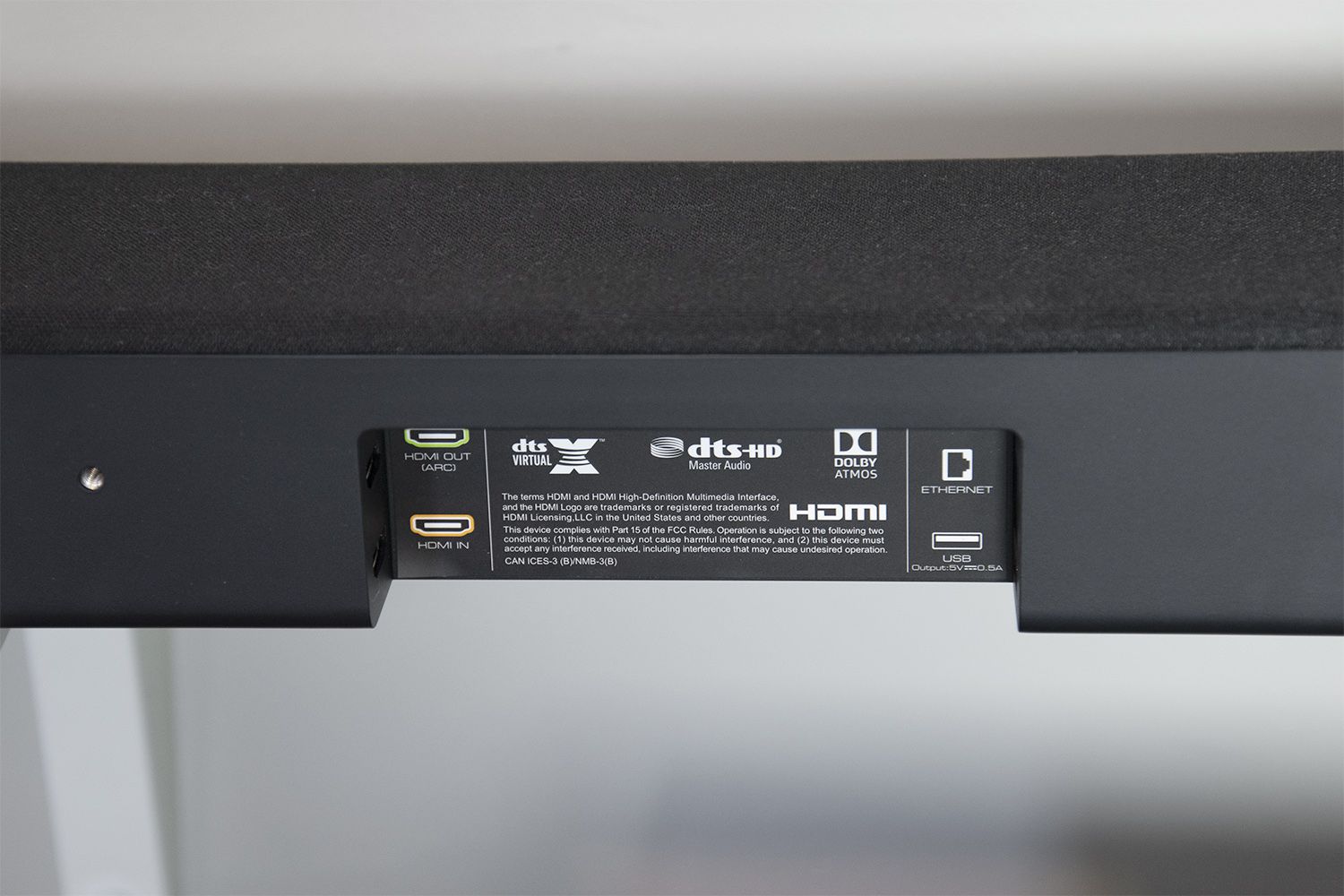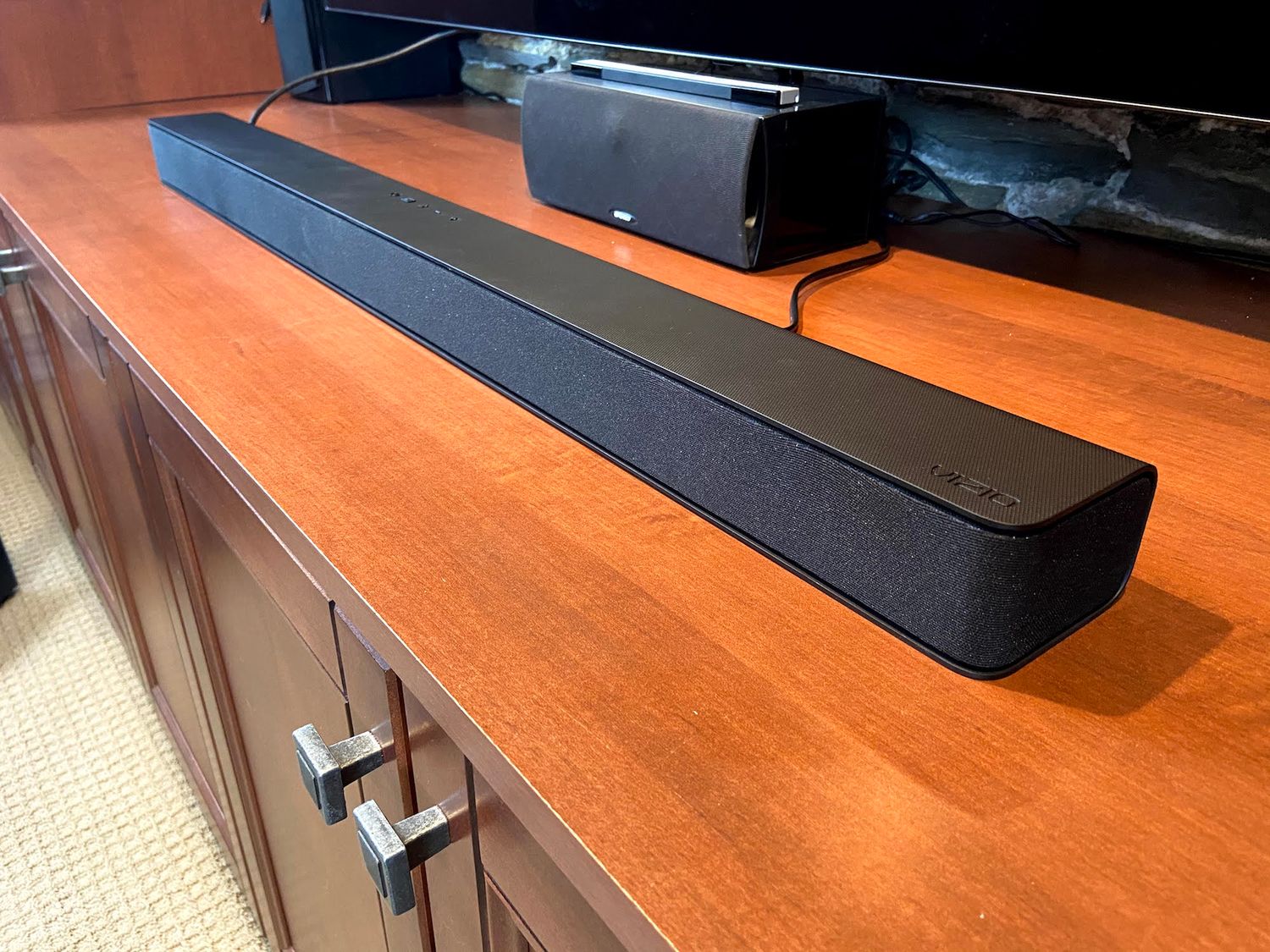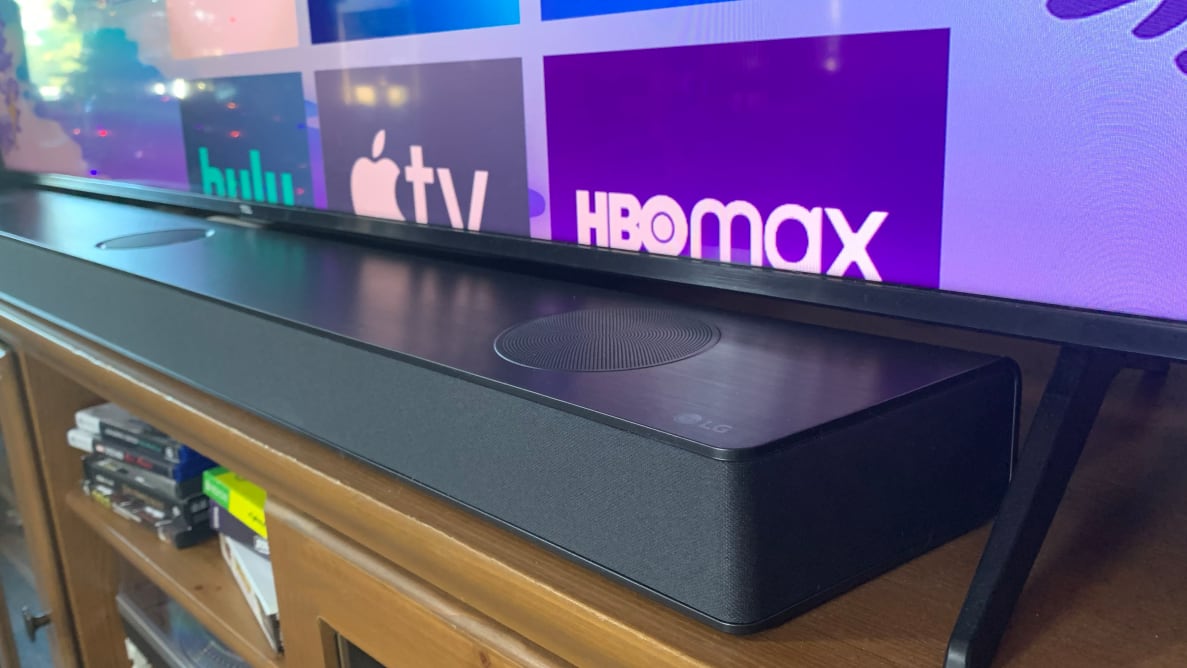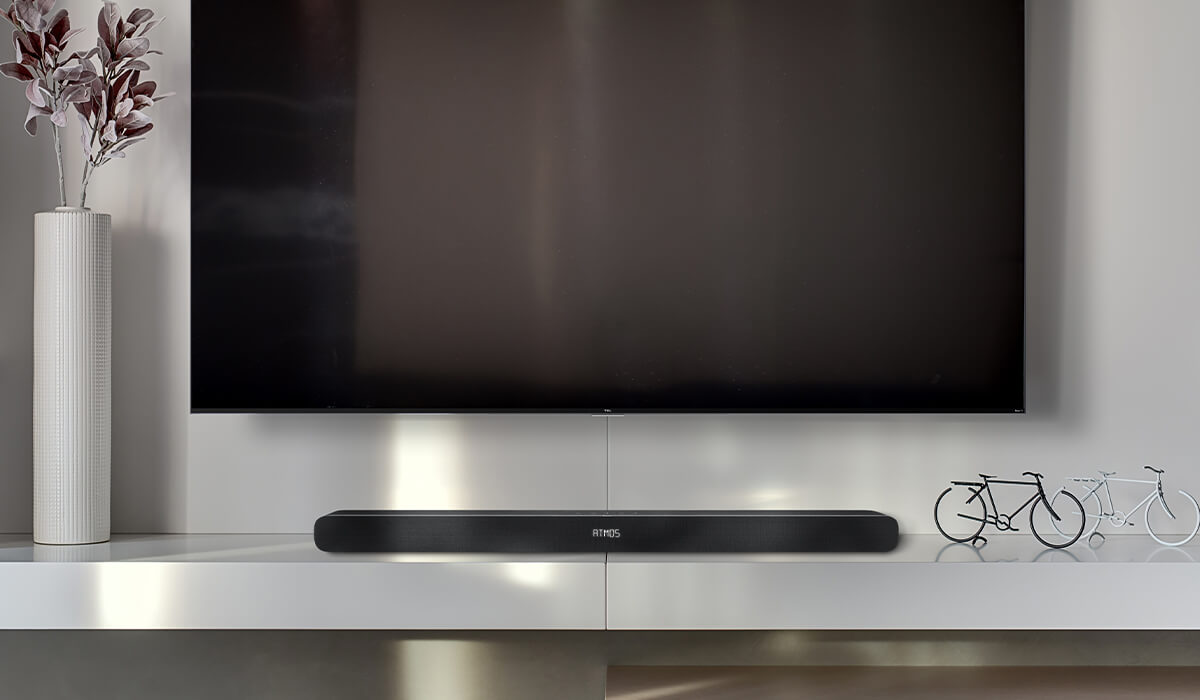Home>Production & Technology>Sound Bar>How Do I Pair My Vizio Sound Bar
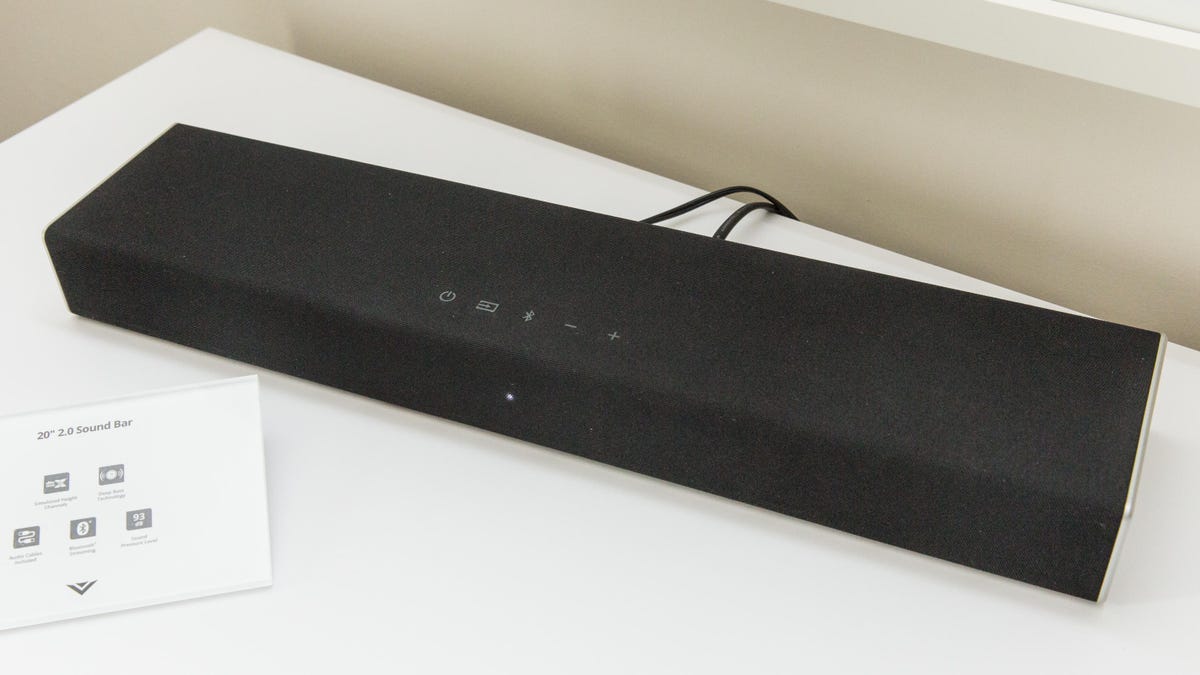

Sound Bar
How Do I Pair My Vizio Sound Bar
Modified: January 22, 2024
Learn how to pair your Vizio sound bar with our step-by-step guide. Get the best audio experience with your sound bar.
(Many of the links in this article redirect to a specific reviewed product. Your purchase of these products through affiliate links helps to generate commission for AudioLover.com, at no extra cost. Learn more)
Table of Contents
Introduction
Welcome to the world of immersive sound experiences with the Vizio Sound Bar. Whether you are a movie enthusiast, a music lover, or a gamer, a sound bar can enhance your audio experience by delivering high-quality sound and creating a more dynamic atmosphere. However, before you can start enjoying your sound bar, you need to know how to pair it with your TV.
In this article, we will guide you through the process of pairing your Vizio Sound Bar with your TV. Don’t worry if you’re not a tech expert – our step-by-step instructions will make it easy for everyone to follow.
Before we dive into the pairing process, let’s briefly discuss what a sound bar is and why it’s a popular choice for home audio setups. A sound bar is a slim, elongated speaker system that is designed to provide better sound quality and simulate a surround sound experience without the need for multiple speakers. It typically includes built-in amplifiers, multiple drivers, and sometimes even support for advanced audio technologies like Dolby Atmos.
Vizio is a renowned brand in the sound bar industry, known for producing high-quality audio products with innovative features. Their sound bars are designed to be user-friendly, making the pairing process relatively straightforward. So, without further ado, let’s get started on pairing your Vizio Sound Bar with your TV!
Step 1: Gather the necessary equipment
Before you can begin the pairing process, it’s important to gather all the necessary equipment. Here’s what you’ll need:
- Your Vizio Sound Bar
- Your TV with an available audio output port
- An HDMI or optical cable (depending on the available ports on your TV and sound bar)
- A power outlet or surge protector for your sound bar
- Remote control or smartphone (for some advanced sound bars)
Make sure that you have all the required items before moving on to the next steps.
If you’re unsure about the audio output ports on your TV, consult your TV’s user manual or check the manufacturer’s website for more information. Most modern TVs have HDMI or optical outputs, but it’s always good to double-check to ensure compatibility with your sound bar.
Additionally, if your sound bar supports wireless connectivity, such as Bluetooth or Wi-Fi, you may need to have your smartphone or tablet handy for the initial setup process. This will allow you to connect the sound bar to your home network or pair it wirelessly with your TV.
With all the necessary equipment prepared, you’re now ready to move on to the next step: connecting the sound bar to your TV.
Step 2: Connect the sound bar to your TV
Now that you have gathered all the necessary equipment, it’s time to connect your Vizio Sound Bar to your TV. Follow these simple steps:
- Locate the audio output ports on your TV. These ports are typically labeled as “HDMI ARC,” “Optical,” or “Audio Out.”
- If your sound bar supports HDMI ARC, connect one end of the HDMI cable to the HDMI ARC port on your TV and the other end to the HDMI ARC input on your sound bar. If your sound bar doesn’t have HDMI ARC, you can use the optical cable. Simply connect one end of the optical cable to the optical port on your TV and the other end to the optical input on your sound bar.
- Ensure that both the TV and the sound bar are powered off before making any connections.
- Once the cables are connected, power on your TV and sound bar.
That’s it! Your sound bar is now physically connected to your TV. The audio output from your TV will now be directed to the sound bar, providing you with enhanced sound quality.
It’s important to note that depending on the specific model of your Vizio Sound Bar, there may be additional connection options available, such as Bluetooth or Wi-Fi. Feel free to explore these options if you prefer a wireless setup. Consult the user manual or online resources provided by Vizio for more detailed instructions on wireless connections.
With the sound bar and TV physically connected, it’s time to move on to the next step: powering on the devices.
Step 3: Power on the devices
After successfully connecting your Vizio Sound Bar to your TV, it’s time to power on the devices. Here’s what you need to do:
- Ensure that both your TV and sound bar are connected to a power source. Plug them into separate power outlets or use a surge protector if available.
- Locate the power button on your sound bar and press it to turn it on. You may see a light indicator or display on the sound bar to confirm that it is powered on.
- Next, turn on your TV using the power button on your TV remote or the power button located on the TV itself.
Allow both the TV and the sound bar a few moments to fully power on. You may observe a startup sequence on the TV screen or on the sound bar display, depending on the model.
It’s important to note that the specific power-on procedures may vary slightly depending on your specific Vizio Sound Bar model. Make sure to consult the user manual provided with your sound bar for any model-specific instructions or considerations.
Once both the TV and sound bar are powered on, you’re ready to move on to the next step: configuring the sound bar settings.
Step 4: Configure the sound bar settings
Now that your TV and sound bar are powered on, it’s time to configure the settings on your Vizio Sound Bar. Follow these steps to get the best audio experience:
- Locate the remote control that came with your sound bar. This will be used to navigate and adjust the settings.
- On the remote control, look for the “Menu” button or a similar button that allows you to access the sound bar’s settings menu.
- Press the “Menu” button to bring up the settings menu on your TV screen or on the sound bar’s display, depending on the model.
- Using the navigation buttons on the remote control, scroll through the settings menu and adjust the audio settings to your preference. This may include options such as sound modes, equalizer settings, and volume control.
- Take some time to explore the available settings and experiment with different configurations to find the best sound quality for your specific audio needs.
It’s important to note that the available settings and menu options may vary depending on your specific Vizio Sound Bar model. Refer to the user manual or online resources provided by Vizio for more detailed instructions on navigating the settings menu.
Once you have configured the sound bar settings to your liking, you’re ready to move on to the next step: pairing the sound bar with your TV.
Step 5: Pair the sound bar with your TV
Now that you have configured the settings on your Vizio Sound Bar, it’s time to pair it with your TV. Follow these steps for a seamless pairing process:
- Ensure that both your TV and sound bar are turned on and properly connected.
- On your TV remote control, navigate to the settings menu or options specific to audio settings.
- Locate the “Audio Output” or “Sound” settings. Depending on the TV model, this may be found under the “Settings,” “Sound,” or “Audio” menu.
- Within the audio settings, select the appropriate audio output option. This will typically be labeled as “External speakers,” “Sound bar,” or “Audio system.” Choose the option that corresponds to the connection you made between the TV and sound bar in Step 2.
- Confirm the selection and exit the settings menu. Your TV should now be directing the audio output to your sound bar.
It’s important to note that the exact steps for pairing the sound bar with your TV may vary depending on the TV manufacturer and model. Some newer TVs may have an automatic detection feature that recognizes the connected sound bar and switches the audio output accordingly. In this case, no manual pairing steps may be required.
If you encounter any difficulties during the pairing process or if your TV does not have the expected audio output options, consult the user manual or online resources provided by the TV manufacturer for more specific instructions.
With the sound bar successfully paired with your TV, you’re almost ready to enjoy the immersive audio experience. But before that, make sure to perform the final step: testing the sound bar.
Step 6: Test the sound bar
Now that you have successfully paired your Vizio Sound Bar with your TV, it’s time to test it and ensure that everything is working as expected. Follow these steps to test the sound bar:
- Play some audio or video content on your TV, such as a movie, music video, or streaming service.
- Listen for the sound coming from the sound bar. You should hear clear and enhanced audio, with a noticeable improvement in sound quality compared to your TV’s built-in speakers.
- Adjust the volume to your preferred level using the remote control that came with your sound bar or the TV remote if it is compatible with controlling external audio devices.
- Observe the sound bar’s display, if applicable, to verify that it is receiving audio signals and displaying the correct information.
If you do not hear any sound from the sound bar or if the sound quality does not meet your expectations, double-check the connections between the TV and sound bar. Ensure that the cables are securely plugged in and that the correct audio output option is selected on your TV’s settings. It’s also worth checking the volume settings on both the TV and the sound bar to ensure they are not muted or set too low.
If the issue persists and the sound bar is not working as expected, consult the troubleshooting section of the user manual or reach out to Vizio’s customer support for further assistance. They will be able to provide you with specific troubleshooting steps or guide you through any necessary troubleshooting procedures.
Congratulations! You have successfully paired and tested your Vizio Sound Bar. Sit back, relax, and enjoy the immersive audio experience that your sound bar has to offer.
Continue to experiment with different content and settings to find the optimal audio setup for your specific preferences and enjoy the enhanced sound quality for all your favorite movies, music, and games.
Conclusion
Congratulations on successfully pairing your Vizio Sound Bar with your TV! By following the step-by-step process outlined in this article, you have unlocked the potential for an immersive audio experience that will elevate your entertainment enjoyment.
Throughout this guide, we covered the necessary equipment needed for the pairing process, how to connect the sound bar to your TV, how to power on the devices, configuring the sound bar settings, and finally, how to pair the sound bar with your TV.
Remember, each step is crucial in ensuring a smooth and seamless pairing experience. Taking the time to gather the necessary equipment, properly connect the devices, configure the settings, and perform a sound test will guarantee optimal sound quality and enhance your overall audio experience.
Should you encounter any difficulties along the way, don’t hesitate to consult the user manual or reach out to Vizio’s customer support for further assistance. They are there to provide guidance and troubleshooting help to ensure your satisfaction.
Now that you have successfully paired your sound bar and tested its performance, it’s time to sit back, relax, and immerse yourself in a world of captivating sound. From movies and TV shows to music and gaming, you can now enjoy enhanced audio that brings you closer to the action and delivers a more immersive experience.
Remember to keep exploring the various features and settings of your Vizio Sound Bar to discover the perfect audio setup for your personal preferences. With the right settings, you can truly optimize the audio output to match your style and create a customized audio experience.
Thank you for choosing Vizio and for allowing us to be a part of your audio journey. We hope that this article has provided you with the necessary guidance to pair your sound bar and enjoy the audio experience you’ve been dreaming of.
Sit back, relax, and enjoy the spectacular sound that your Vizio Sound Bar has to offer!

